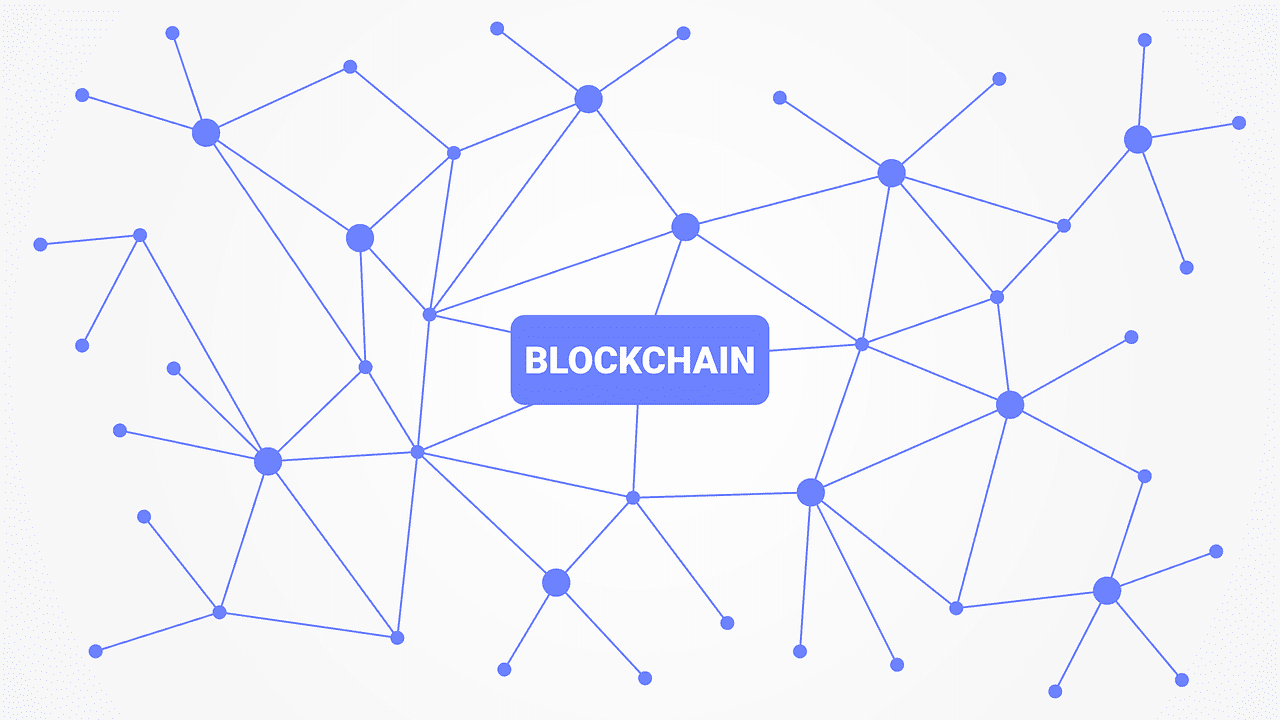Blockchain and cryptocurrencies have transformed our ideas on data management, security, and money in recent years. These technologies are transforming sectors, impacting world markets, and generating fresh prospects; they are not just specialist subjects now. The basic technology of cryptocurrencies and blockchain will be discussed in this paper along with its advantages, applications, and effects for many industries.
Knowledge Blockchain Technology #1
1.1 What is Blockchain?
A blockchain is a distributed, decentralized ledger kept on many computers that records transactions so that the record cannot be changed backward. Underlying cryptocurrency is a basic technology.
Data is kept in blocks, each of which has a transaction list.
Blocks create a chain when they are connected chronologically.
The blockchain is kept by a network of nodes each carrying a copy of the ledger via decentralization.
Once documented, data cannot be altered or erased, therefore guaranteeing data integrity.
The blockchain is accessible to any network user, therefore encouraging openness.
Security: Creates data security by use of cryptographic techniques against manipulation.
1.2 Essential Blockchain Components
Computers engaged in the blockchain network validate and broadcast transactions, 1.2.1 nodes.
Consensus mechanisms are procedures followed to agree on transaction legitimacy. Common devices include Proof of Work (PoW) and Proof of Stake (PoS).
1.2.3 Smart Contracts: Self-executing agreements are straight-coded with provisions from the agreement. When pre-defined criteria are satisfied, they automatically enforce and apply the contract terms.
2. Explanation of Bitcoins
2.1 What Are Bitcoins
Usually grounded on blockchain technology, cryptocurrencies are digital or virtual currencies that run on distributed networks using cryptographic methods for security.
The first and most well-known among cryptocurrencies is Bitcoin (BTC.
Known for its distributed apps (dApps) and smart contract capability, ** Ethereum ( ETH)**
2.2 ** Salient Features of Bitcoins**
2.2.1 Decentralization: No central authority, like a government or financial institution controls cryptocurrencies.
Transactions are protected against fraud and counterfeiting using cryptographic methods, therefore strengthening 2.2.2 cryptographic security.
Many cryptocurrencies have a limited supply, which generates scarcity and maybe raises value over time (e.g., the 21 million cap of Bitcoin).
2.3 Understanding Blockchain Transactions
Sending bitcoin from one wallet to another wallet lets a user start a transaction.
Nodes in the network verify the transaction, therefore guaranteeing its legitimacy and following protocol guidelines.
Once confirmed, the transaction is put into a fresh block that subsequently finds a place on the blockchain.
The transaction is validated when it finds a place in the blockchain and is approved by the network.
** Implications of Blockchain and Cryptocurrency** Section 3
3.1 Money Sector
With speedier and maybe less expensive transactions, cryptocurrencies provide a substitute for conventional financial institutions.
Blockchain technology allows lending, borrowing, and trading among other financial services free from middlemen.
Supply Chain Management 3.2
Blockchain allows items from source to the customer to be tracked, therefore lowering fraud and guaranteeing authenticity.
Efficiency: automates and secures transactions to streamline supply chains.
3.3Healthcare
Blockchain can safely save and control patient records, therefore guaranteeing privacy and prohibiting access to changeable data.
By tracking their path throughout the supply chain, drug traceability guarantees the authenticity and safety of medications.
3.4 Voting Systems
Blockchain-based voting systems can reduce fraud and guarantee election result integrity, therefore impacting security.
Transparency offers an indisputable, unchangeable voting record.
Fourth Challenges and Future Directions
Fourth: Scalability
As blockchain networks expand, scaling them to effectively manage high transaction volumes remains a major difficulty.
Technologies intended to improve scalability include Layer 2 solutions for Bitcoin and Ethereum based on the Lightning Network.
Shard: breaks the blockchain into smaller, doable bits to boost transaction volume.
4.2 Control
The regulatory framework for cryptocurrencies and blockchain technology is still developing and differs depending on the country.
The development of thorough regulatory frameworks to handle legal and compliance concerns marks solutions.
Standardization: Development of sector norms guaranteeing security and uniformity.
4.3 security issues
Blockchain technology is naturally safe, although flaws in smart contracts and 51% of assaults may still happen.
By use of consistent security audits and code reviews, solutions: vulnerabilities are found and addressed.
Encouraging among developers and consumers knowledge of security best practices.
Knowledge and Extra Data
Blockchain expert Dr. Michael Lewis adds, “Blockchain technology has the potential to alter several businesses by delivering improved openness, security, and efficiency. Its general acceptance depends on overcoming scalability and legal issues, nevertheless.
Analyzing cryptocurrencies, Jane Smith notes, “Coins are changing the financial scene and provide both new possibilities and difficulties. To properly negotiate this changing environment, investors and consumers must be educated on technical developments and legislative changes.
Explore developments include non-fungible tokens (NFTs) and distributed autonomous organizations (DAOs) that are reshining blockchain technology going forward.
To further your knowledge of blockchain and bitcoin, access tools like webinars, industry publications, and online courses.
Typical Questions
Q: How does a blockchain from a bitcoin?
A: A While a cryptocurrency is a digital asset running on a blockchain and employs cryptographic methods for security, a blockchain is a distributed ledger technology used in recordkeeping of transactions.
Q: How may blockchain technology guarantee data security?
** A:** Blockchain technology creates an unchangeable ledger resistant to access and manipulation by use of cryptographic methods, therefore securing data.
Q: What are and how do smart contracts function?
A: Smart contracts are self-executing agreements entered into code with terms expressed in codes. Once certain criteria are satisfied, they automatically enforce and carry out contract provisions.
Q: Main obstacles confronting blockchain technology?
A:** A** Key difficulties include security issues, regulatory uncertainties, and scalability. To handle these problems, solutions including thorough legal systems and layer 2 technology are in development.
Q: How can I keep current on blockchain and bitcoin developments?
A:** A** Keep informed with industry news, instructional materials, and blockchain community and event involvement.
Conclusion
Leading players in a digital revolution, blockchain and cryptocurrency technologies provide creative ideas and fresh prospects in many different fields. Navigating this changing terrain requires a knowledge of the underlying technology, its uses, and its difficulties. Staying current and implementing best practices can help people and companies to use these technologies to foster digital-age innovation and development.






